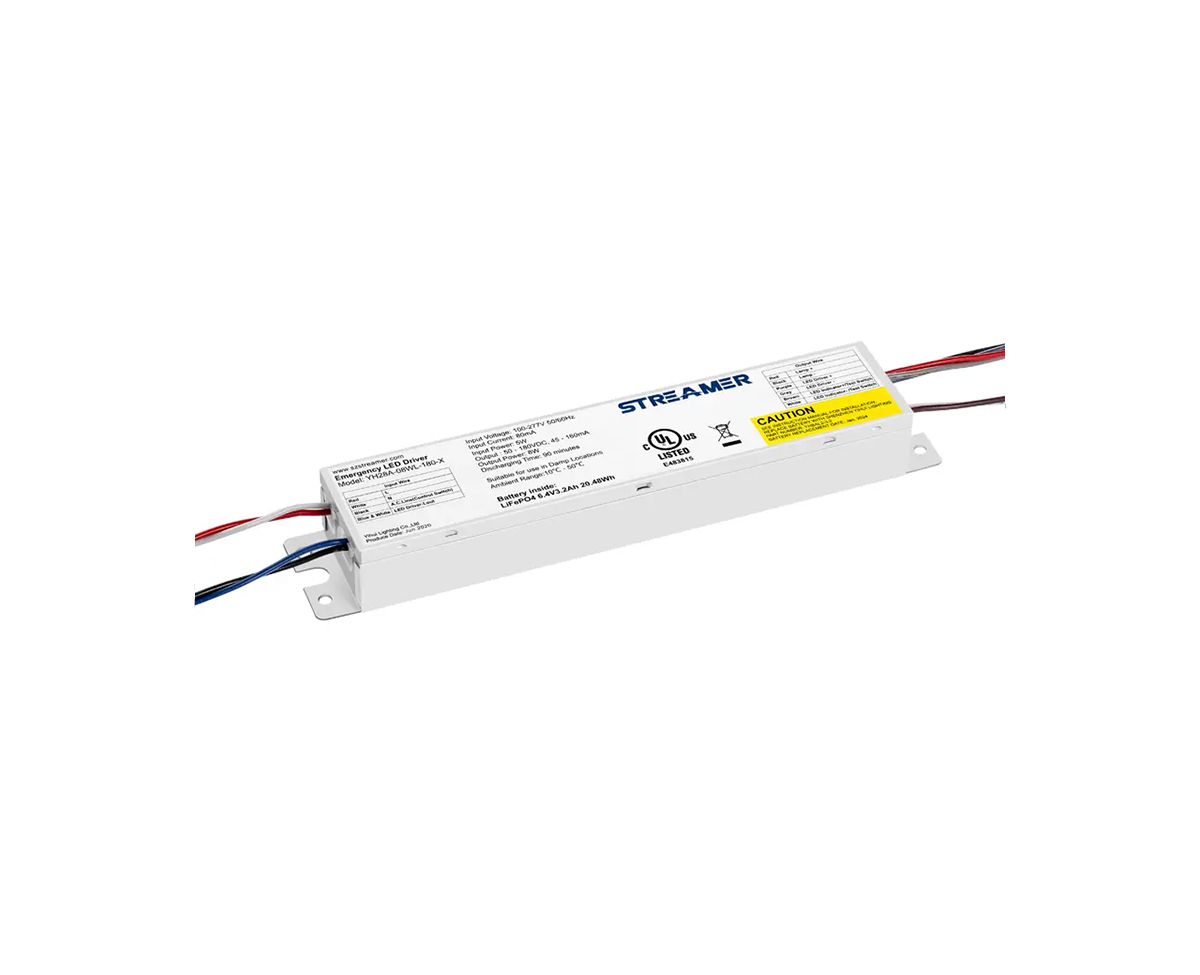 1
1
 May 05, 2025
May 05, 2025

The solar LED emergency converter combines the benefits of solar energy and emergency lighting technology, offering a sustainable and reliable solution for emergency illumination. This type of converter harnesses the power of the sun to charge its internal battery during the day and provides emergency lighting when the main power supply fails.
At the core of the solar LED emergency converter is the solar panel, which is responsible for converting sunlight into electrical energy. The solar panel is typically made of high - efficiency photovoltaic cells, such as monocrystalline or polycrystalline silicon cells. These cells have the ability to absorb photons from sunlight and generate an electric current. The size and efficiency of the solar panel determine the amount of energy that can be harvested, which in turn affects the charging speed and the overall performance of the emergency converter.
The converter also features a built - in battery, usually a rechargeable lithium - ion or lead - acid battery. During daylight hours, the solar panel charges the battery through a charge controller. The charge controller plays a crucial role in regulating the charging process, ensuring that the battery is charged safely and efficiently. It prevents overcharging, which can damage the battery, and also optimizes the charging current based on the available sunlight and the battery's state of charge.
In the event of a power outage, the solar LED emergency converter automatically switches to emergency mode. The stored energy in the battery is used to power the connected LED lights. LED lights are preferred in these converters due to their high energy efficiency, long lifespan, and bright illumination. They can provide a significant amount of light while consuming relatively little power, allowing the emergency converter to operate for an extended period on a single battery charge.
Solar LED emergency converters are highly suitable for a variety of applications, especially in areas where access to the traditional power grid is limited or unreliable. They can be used in remote rural areas, off - grid homes, camping sites, and outdoor emergency shelters. In addition, they are also becoming popular in urban areas for applications such as street lighting, park lighting, and emergency exits in buildings, as they offer an environmentally friendly and cost - effective alternative to traditional emergency lighting systems that rely solely on grid - supplied power.